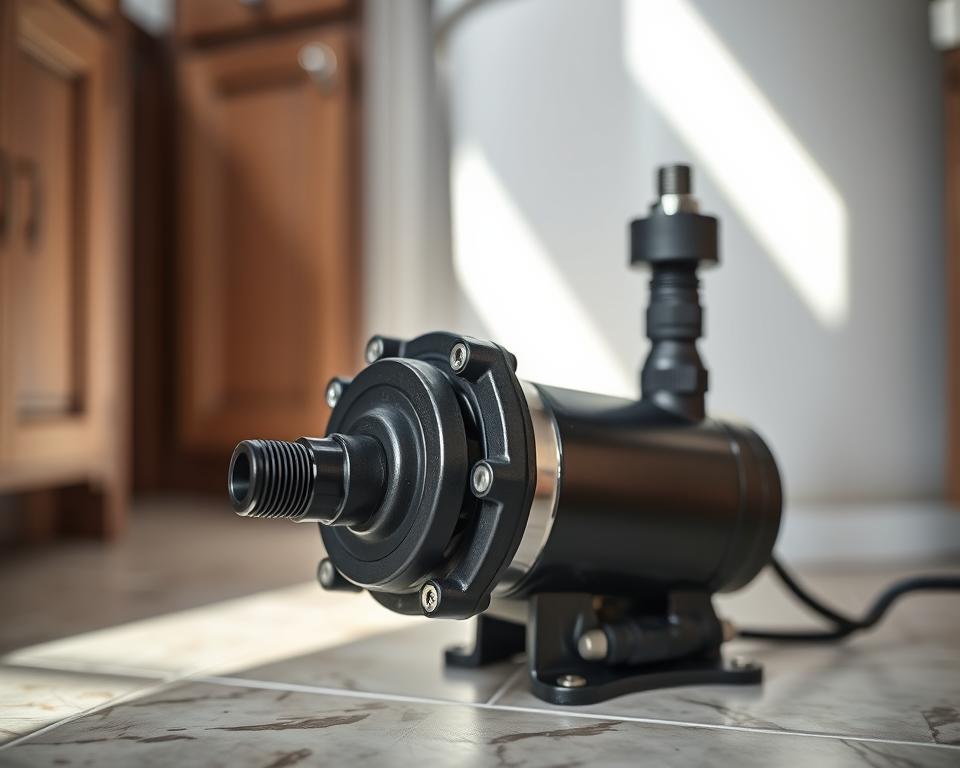Hiring Private Security Guards for Events in San Antonio
Secure Your Construction Site with Divine Protection Services in San Antonio
Did you know construction sites are 400% more likely to suffer theft and vandalism than other businesses? Ensuring the safety of your construction area is more important today than ever before. With valuable equipment, materials, and personnel, sites are prime targets for security breaches. Divine Protection Services provides expert building security services, focusing on reliable construction security guards San Antonio to protect your investment.
Collaborating with Divine Protection Services means thorough protection for both your equipment and workforce. Such a strategy significantly reduces potential threats and financial losses.
Main Points
- Building projects encounter elevated theft and damage threats.
- Our team provides tailored building protection services.
- Trusted personnel preserve your property and resources.
- Comprehensive security measures enhance worker safety and productivity.
- Selecting a reputable provider minimizes exposure to threats.
The Importance of Construction Site Security
Site protection is crucial to defend materials and maintain crew welfare. A well-secured site reduces theft, vandalism, and unauthorized access risks. This protects valuable materials and equipment, boosting the project’s success.
Having protection on-site fosters a secure atmosphere. Employees can focus on their tasks without worrying about their safety or belongings. The result is more efficient operations. Protected areas build responsibility and decrease liability concerns when leveraging commercial property security San Antonio.
Robust protection measures stop losses and save expenses over time. They ensure your project stays on time and within budget. They support seamless project advancement.
Common Construction Site Security Challenges
Building projects confront challenges that impact deadlines and costs. Key worries include losses from theft and damage. The expense of lost resources frequently overruns plans and halts work.

Intruders strike building projects at night or weekends when supervision is low. Theft triggers direct expenses and holds up construction schedules. Buying backups increases your budget strain. Vandalism further complicates matters, potentially damaging critical machinery and slowing progress.
They threaten both your budget and crew well-being. Weak defenses expose employees to hazards and mishaps. Detailed security measures are key to curbing risks. Proactive security solutions safeguard investments and support timely project finalization.
Advantages of On-Site Guards in San Antonio
Putting construction site guards in place in San Antonio yields higher safety and productivity. One major perk is preventing theft and vandalism. Having guards on-site stops losses and trespassing. This protects valuable equipment and materials.
On-site guards are experts in hazard prevention. They monitor operations, enforce safety rules, and detect dangers promptly. This reduces mishaps and enhances workplace safety.
During crises, qualified guards respond swiftly and efficiently. They offer vital support and liaise with law enforcement. Their preparation safeguards all personnel and maintains workflow.
Moreover, guards encourage a safety-first mindset in crews. Teams feel secure when trained personnel oversee safety. This elevates engagement and output, accelerating project timelines.
Site Protection Options
Comprehensive building site defense options safeguard investments and staff. Various options cater to specific security needs, from technological advancements to human oversight.
Roving patrols play a vital role in construction site surveillance. Trained personnel regularly traverse the site, providing visible security and immediate response to suspicious activity.
Video surveillance systems enhance security with continuous monitoring. High-res cameras positioned thoughtfully monitor all sensitive locations. You get live feeds and stored video for incident review.
Authorized-access systems further secure your site. They restrict entry to authorized personnel, significantly reducing theft or vandalism risk. Choices range from key fobs and biometrics to app-driven access systems.
Live guards bring personal oversight to your site. Experienced personnel observe tasks, manage discipline, and guarantee rule compliance.
Each construction security solution is vital for a robust security infrastructure. Merging multiple tactics raises your site’s overall security effectiveness.
| Security Solution | Description | Benefits |
|---|---|---|
| Mobile Patrols | Trained personnel patrol the site at regular intervals. | Visible deterrence and immediate response to incidents. |
| Video Surveillance | HD cameras monitor the site continuously. | Real-time monitoring and evidence collection. |
| Access Control Systems | Systems that restrict entry to authorized individuals. | Minimizes unauthorized access and reduces theft risk. |
| On-Site Security Personnel | Guards present at the site to maintain oversight. | Personalized attention to security and safety compliance. |
Site Guard Responsibilities
Security officers are vital for order and safety on building sites. Their duties include various activities essential to protect workers and assets. A site security officer in San Antonio oversees the premises and manages entry points.
Key duties include:
- Watching for intruders or suspicious behavior.
- Carrying out frequent patrols to detect issues.
- Regulating who comes in and goes out.
- Reacting promptly to crises or alarms.
These roles are essential for the smooth operation of construction activities. Project leaders rely on guard expertise. They can focus on core duties without distractions.
Limiting entry cuts losses and damage. Stationed guards in San Antonio build a protected setting. This environment promotes productivity and protects valuable assets.
Choosing the Right Construction Security Company
Picking a building site security provider involves reviewing several factors. Proven expertise in building site defense translates to superior service. Having managed like projects, they grasp your site’s unique requirements.
Guard training standards matter significantly. Leading providers keep personnel updated on cutting-edge security practices and policies. Reviewing training programs reveals your upcoming service’s caliber.
Provider reputation weighs heavily in your choice. Checking reviews and past results measures trustworthiness and capability. Hiring a positively rated provider ensures better site security.
Lastly, ensure offerings align with your site’s specific vulnerabilities. Custom solutions ensure that security measures align perfectly with the specific vulnerabilities of your site. Partnering with Divine Protection Services enhances your chances for superior site safety.
Securing construction sites in San Antonio requires reliable guards. Divine Protection Services leads the field with exceptional know-how. Their years of experience equip them to handle the complexities and unique challenges of construction site security.
Customer happiness drives their approach. We tailor our solutions to every project’s demands. From armed experts to routine patrols, they fulfill all defense tasks.
They integrate modern systems with expert teams. This approach creates a strong security framework. It prevents incidents and allows rapid reaction. Clients can rest assured their construction sites are in safe hands.
Our philosophy emphasizes anticipatory defense. They continuously assess risks and adjust strategies as needed. Partnering with us delivers unmatched reassurance and steadfast asset security.
True Success Stories
Success in construction site security is often highlighted through construction security success stories. They outline how professional protection improved project outcomes. In San Antonio, numerous clients have shared testimonials. They emphasize how our services enhanced site safety and prevented losses.
For instance, one construction manager reported a 75% reduction in theft incidents after hiring security guards for a recent development project. That shift cut costs and kept the schedule intact. It reinforced the importance of a secure environment.
One contractor remarked that guards on-site let teams work without fear. This led to improved worker morale and productivity. It proves the real advantages of expert site protection.
City residents lauded our personalized protection plans. Their ability to adapt security measures based on project size and specific risk factors stood out. Such bespoke offerings confirm why expert site protection matters.
In sum, client cases from San Antonio show how defense investments improve safety. It cultivates a climate for smooth project delivery.
To Conclude
Within construction, the value of site protection cannot be overstated. It’s critical to safeguard sites to prevent financial losses and ensure worker safety. Through solid security protocols, businesses guard tools, materials, and teams against threats.
Opting for top site protection in San Antonio is a smart investment. It secures essentials and preserves smooth operations. Professional security guards not only ward off crime but also boost worker morale and productivity.
As builds get more intricate, solid security investment is crucial. Divine Protection Services is a reliable choice for those needing dependable construction security guards in San Antonio. Prioritizing expert defense offers more than basic coverage. It creates a safe space for projects to thrive.


